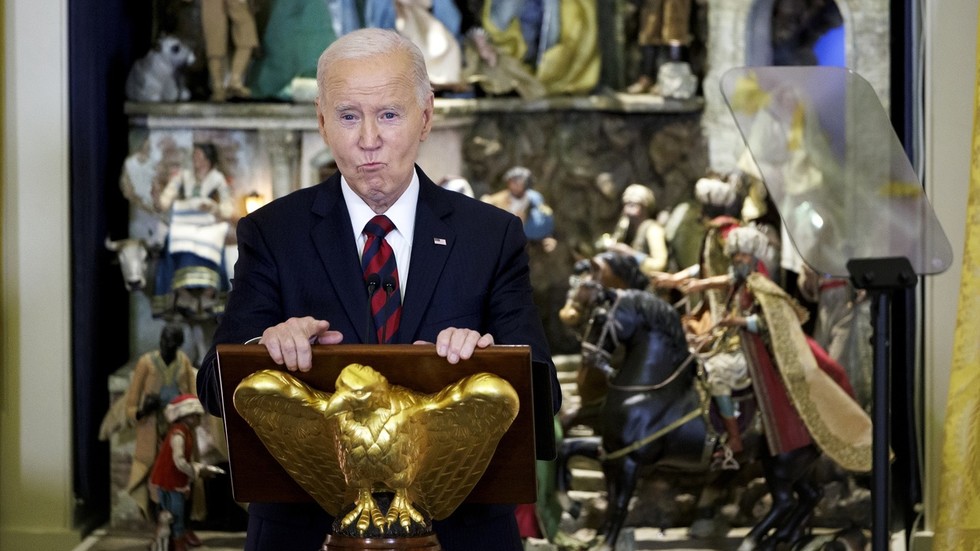In a significant move amid increasing tensions in Eastern Europe, outgoing President Joe Biden has authorized a substantial $500 million weapons package for Ukraine as part of an effort to utilize the remaining military aid funds before the end of his administration in January. This package, the 72nd in a series of military assistance efforts, includes critical resources such as air defense systems, artillery, drones, and armored vehicles, as detailed by White House National Security Communications Adviser John Kirby. The appropriated funds fit under the Presidential Drawdown Authority (PDA), which allows for rapid delivery of military equipment and supplies directly from U.S. stockpiles. This particular tranche features advanced weaponry such as HIMARS rocket launchers, artillery munitions, anti-radar missiles, and various military vehicles, emphasizing the U.S. commitment to support Ukraine amidst ongoing conflict with Russian forces.
In addition to this urgent funding, a recently announced security package valued at $988 million was authorized through the Ukraine Security Assistance Initiative (USAI), demonstrating a dual approach to aid that combines immediate military support with long-term strategic assistance. The Biden administration has pledged to exhaust the resources earmarked for Ukraine, especially in light of the political shift expected with the November presidential election where Donald Trump, seeking to end the conflict, may reduce aid to Kyiv. This determination to fully deploy available military funding reflects the broader U.S. commitment to bolster Ukraine against Russian aggression and seeks to solidify support for Ukrainian forces amid a challenging geopolitical landscape.
The implications of the U.S. military support for Ukraine extend beyond mere logistics and aid; they also involve complex diplomatic dynamics with Russia. Recent authorizations have included Ukrainian strikes utilizing long-range missiles, allowing operations deep into Russian territory. This aggressive stance has elicited strong reactions from Moscow, which views such moves as direct provocations that escalate tensions rather than a resolution path. Kremlin officials have expressed concern that actions taken by the U.S. and NATO members are not merely peripheral but deeply intertwine with the conflict’s trajectory, marking a shift from a proxy engagement to a potential direct confrontation.
Donald Trump has publicly criticized the decision to provide long-range missiles to Ukraine, citing them as a reckless escalation that risks unnecessary escalation in the conflict. His commentary underscores a broader debate within U.S. political discourse regarding the extent and nature of military assistance provided to Ukraine. Trump’s assertion reflects a divide in strategy toward Russia, with potential implications for future U.S. foreign policy direction should he assume office again. This internal discourse about U.S. military engagement conveys an urgent need for strategic clarity to balance support for allies against the threat of further escalating hostilities with Russia.
As these developments unfold, expectations are set high for how Biden’s administration will shape the legacy of U.S.-Russia relations. His administration is confronting significant challenges: not only must it navigate the intricacies of military aid, but it must also prepare for potential shifts in attitudes towards Ukraine within the U.S. political arena, especially if a major policy change occurs with the new administration. Kremlin spokesman Dmitry Peskov has remarked on the “difficult legacy” Biden is likely to leave behind, highlighting the increasing discord that has characterized U.S.-Russia relations during his presidency.
Biden’s firm approach to military support for Ukraine illustrates the complex interplay of international alliances, military strategy, and geopolitical ramifications in a landscape fraught with uncertainty. The coming weeks will be critical as the U.S. seeks to finalize its support measures while awaiting the result of the election, which carries the potential for substantial shifts in U.S. foreign policy direction. The pending administration will likely grapple with the consequences of a conflict that has not only ravaged Ukraine but also shifted the global balance of power, requiring careful consideration of how to engage with Russia moving forward. The narrative surrounding military aid and diplomatic relations continues to evolve, compelling both political and military leaders to find nuanced solutions amidst persistent tensions.

